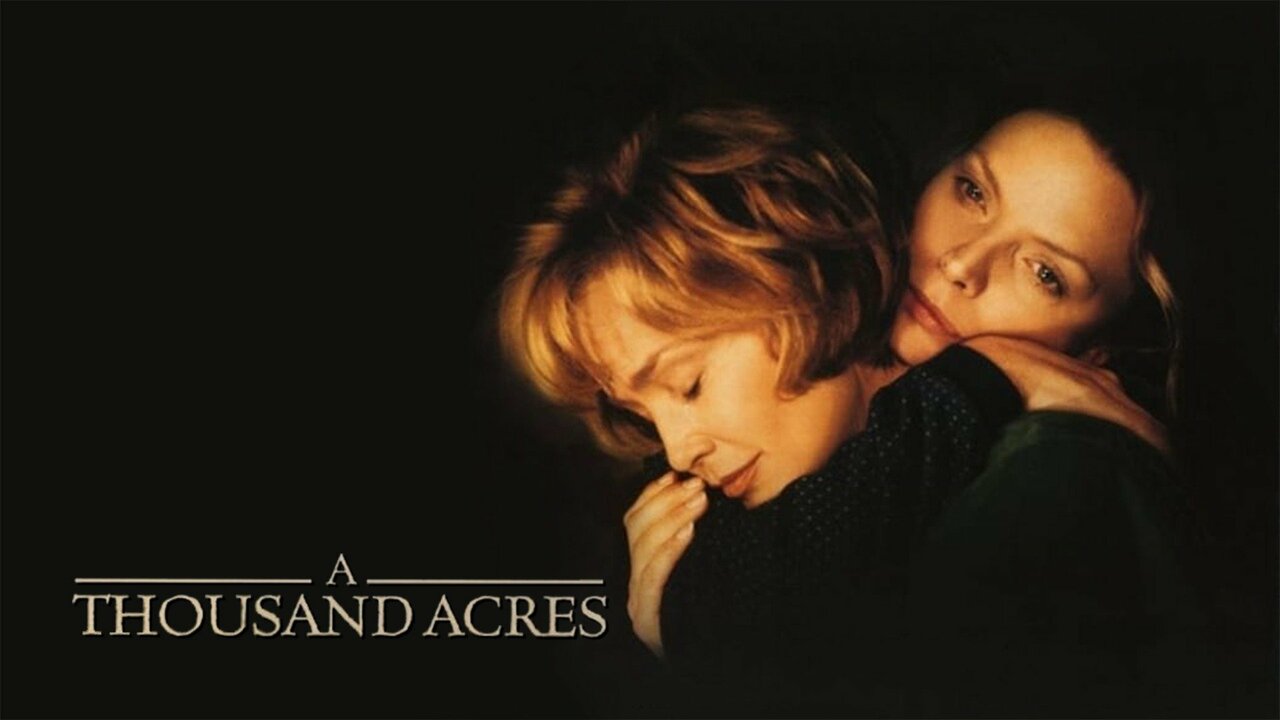Shadow’s End (2025) is a tense, atmospheric thriller that plunges audiences into the chilling underbelly of a forgotten mining town, where darkness hides more than just the absence of light. Directed by debut filmmaker Marisol Vega, the film builds a slow-burning narrative fueled by eerie tension, psychological depth, and a haunting sense of inevitability as its protagonist, Detective Nora Quinn, hunts a serial killer in a place where the shadows seem alive.
The film opens with the discovery of a mutilated body in the old Arkwright Mine—an abandoned shaft last active decades ago. The victim’s eyes are missing, and the walls around it are marked with strange symbols. Nora Quinn (portrayed by Emma Clarke), newly transferred from a big-city police department, feels the oppressive weight of the town's history immediately. Locals whisper of “the end”—a mythical entity blamed for disappearances and the mine’s 1950s collapse. As each subsequent victim is found, marked in similar ritualistic ways, Nora realizes she’s chasing something far more ancient than any human murderer.
As the tension escalates, the film expertly balances character-driven moments with harrowing suspense. Nora's backstory—her brother vanished as a teenager in the very same town—adds a deeply personal edge to her investigation. Haunted by what happened to him, she is determined not to let the darkness claim another life. Her fraught relationship with Sheriff Tom Avery (David Morales), a man both protective of his town and terrified of exposing its secrets, provides emotional grounding amid mounting dread.

Visually, Shadow’s End is a masterclass in mood: cinematographer Ana López uses deep shadows and claustrophobic framing within the mine shafts, contrasted with panoramic shots of the town shrouded in mist. These visuals are complemented by a subdued score from composer Katarina Ruiz—low drones, distant howls, and dissonant strings that heighten the atmosphere without overpowering it.
What sets Shadow’s End apart is the way it blurs the line between psychological thriller and supernatural horror. Clues point to a ritualistic cult that believes sacrifices keep “the end” appeased. Yet there are moments—shadows moving independently, fleeting silhouettes—that hint at something more eldritch. Nora’s final descent into the mine’s depths culminates in a claustrophobic finale where she faces both human and possibly otherworldly forces, forcing her to confront her own grief and the town’s buried past.

Critics have praised Clarke’s performance as Nora—a careful balance of vulnerability, determination, and growing desperation. Morales is equally compelling as a man torn between loyalty and the fear of upsetting a delicate status quo. The film’s layered narrative and its refusal to tie every loose end neatly have drawn comparisons to The Witch and Midsommar, though many note that Shadow’s End carves its own niche with its mining-town folklore.
In conclusion, Shadow’s End is a gripping thriller that juxtaposes small-town secrets and personal trauma with existential dread. It’s a film that lingers—inviting viewers to question whether the real monster is human nature or something far older, waiting just out of sight. For lovers of thoughtful, unnerving suspense, this film delivers both scares and substance in equal measure.

-1751870947-q80.webp)
_svg-1751682125-q80.webp)